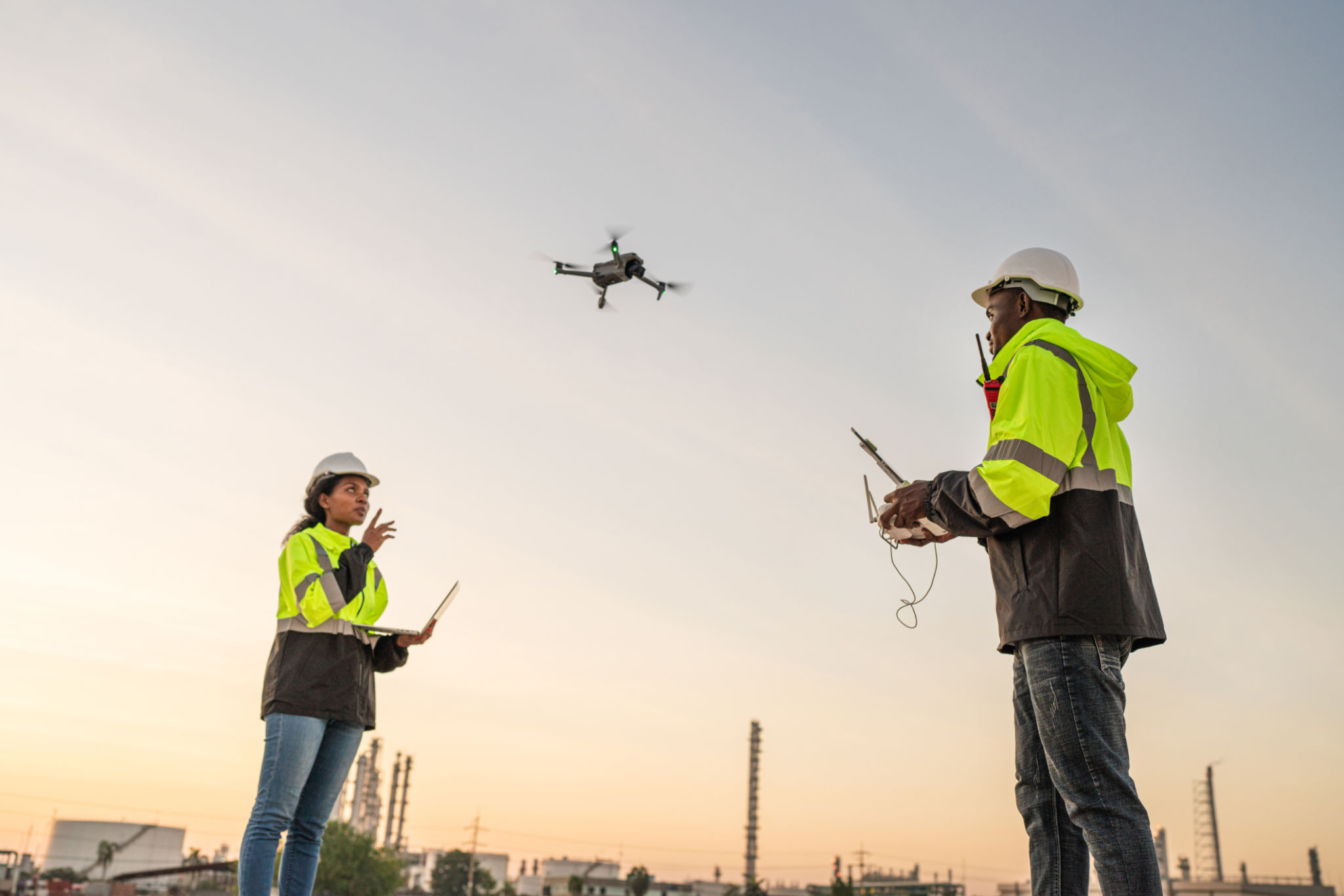A Guide to Using Construction Site Drones in California: Benefits and Best Practices
Introduction to Drones in Construction
The construction industry in California is experiencing a transformation with the advent of drone technology. Drones, or unmanned aerial vehicles (UAVs), offer numerous benefits, from enhanced safety to increased efficiency. As these flying devices become more accessible, construction companies are finding innovative ways to incorporate them into their daily operations.

Benefits of Using Drones on Construction Sites
Enhanced Safety and Risk Management
Drones significantly improve safety on construction sites by providing aerial views that allow project managers to monitor hazardous areas without putting workers at risk. By conducting aerial inspections, drones help identify potential safety issues before they become serious problems, thus reducing accidents and injuries.
Increased Efficiency and Cost Savings
Using drones can lead to substantial cost savings. Drones can quickly survey large areas, reducing the time needed for manual measurements and inspections. This efficiency minimizes labor costs and accelerates project timelines, leading to faster completion and delivery.

Improved Data Collection and Analysis
Drones equipped with high-resolution cameras and sensors collect detailed data that can be analyzed for better decision-making. This data enables construction managers to monitor progress, measure stockpiles, and ensure compliance with design specifications. The insights gained from drone data can lead to more informed project management and improved outcomes.
Best Practices for Using Drones in Construction
Understanding Regulatory Compliance
In California, it's essential to comply with the Federal Aviation Administration (FAA) regulations when using drones. Operators must obtain the necessary certifications and adhere to airspace rules to avoid legal issues. Staying informed about current regulations is crucial for safe and legal drone operations.

Selecting the Right Drone and Equipment
Choosing the right drone depends on project requirements. Consider factors like camera quality, battery life, and range when selecting a drone. For more specialized tasks, such as thermal imaging or 3D mapping, opt for drones with advanced sensor capabilities.
Training and Skill Development
To maximize the benefits of drones, ensure that operators are well-trained. Investing in training programs will help operators gain the skills needed for safe and efficient drone use. Continuous education on the latest technologies and practices ensures teams remain at the forefront of innovation.

Conclusion: Embracing Drone Technology
The integration of drones into construction projects in California offers numerous advantages that go beyond traditional methods. By improving safety, efficiency, and data collection, drones are becoming indispensable tools in the industry. By following best practices, construction companies can harness the full potential of drone technology, paving the way for future innovations.
